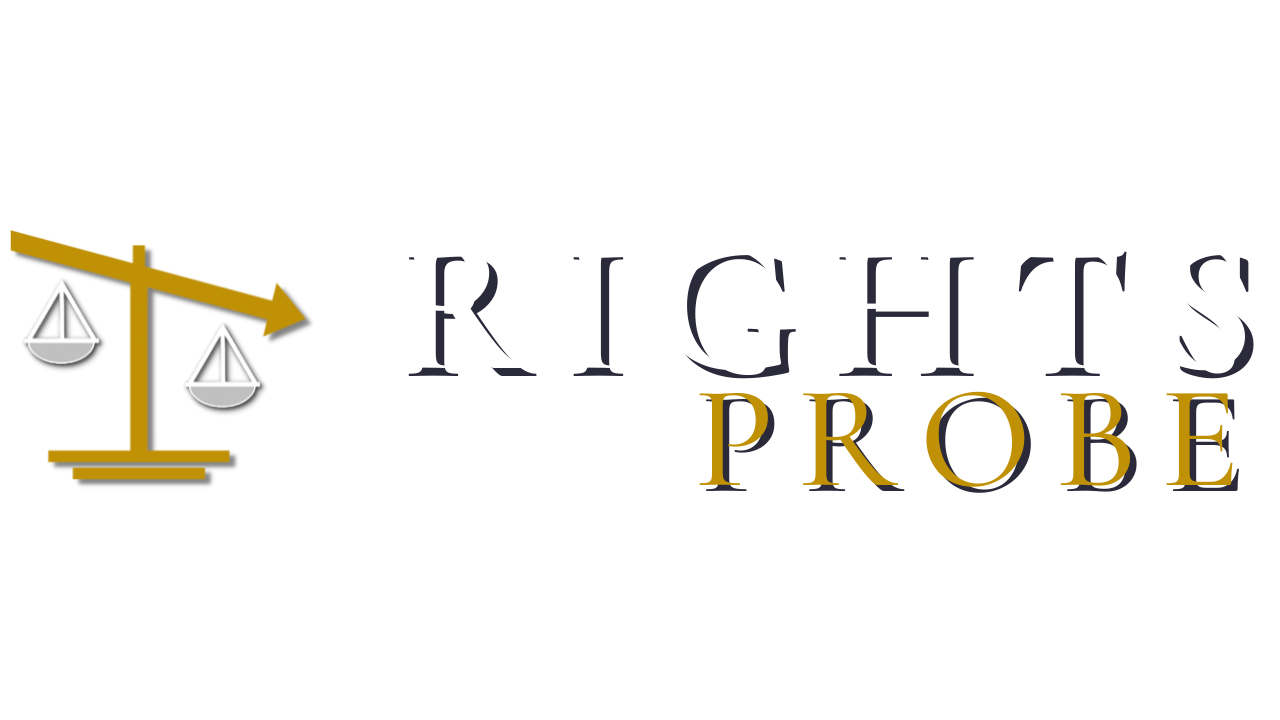Human rights in Canada
An event hosted by the Ottawa Chapter of FAIR via ZOOM featuring professor Bruce Pardy of Queen’s University on the meaning of equality in the Canadian legal landscape.
In contrast to Canada, the United States upholds a principle of equal treatment through the Fifth and Fourteenth Amendments and the Civil Rights Act of 1964. In the U.S., the legal standard remains "equal protection." In Canada, however, the concept of equal protection has been largely rejected by legislatures, courts, and public institutions. Instead, there is a focus on achieving substantive equality through measures that consider group identities.
“The whole idea of equal protection or equal treatment is that there are no groups,” asserts Prof. Pardy. But, in Canada, identity matters. The law in Canada is entitled to distinguish between people on the basis of claimed identities and to apply different rules and standards to different groups of people to achieve desired results. In reality, argues Prof. Pardy, equity-based policies in Canadian law are actually leading to discrimination. [For more on this, see: A Right to Unequal Treatment: In Canada, Some People Are More Equal Than Others].
A Q&A with both Canadian and American FAIR members follows Prof. Pardy’s initial presentation.
A recording of this ZOOM event [1:24:16] is available to access via the link below:
Follow our journey.
Subscribe to our newsletter: rightsprobe@protonmail.com

